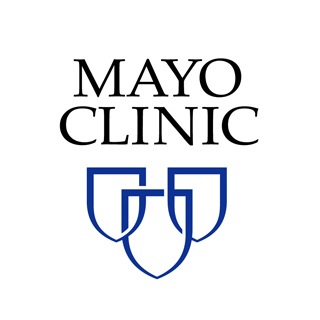
The investigators supposedly analyzed a large sample of around 2000 men, all aged between 40 to 79 years. It then appeared that BPH/lower urinary tract symptoms comprised a common condition of urinary incontinence. The authors recommended a surgical treatment for all patients claiming the highest symptom scores.
Amy Krambeck, M.D., Mayo Clinic urologist and lead study investigator alleged, “Our data fills a gap in the study record that can be used by physicians and patients to evaluate management options. Because it’s a large community-based study of more than 2,100 men, it includes the entire broad range of male health. This suggests the results are stronger in terms of being generalized and applied to other men.”
Once the patients were provided with all kinds of treatments, the symptoms appeared to stabilize. But after comparison the highest decrease in the symptoms as well as incontinence was observed in the patients who were provided with transurethral resection of the prostate (TURP). Before the TURP the incontinence rate was 64.5 percent, while afterwards it was 41.9 percent.
BPH and lower urinary tract symptoms are commonly found among men. In fact by the age of 60 almost 50 percent men suffer from an enlarged prostate and by the age of 90 it elevates in about 80 percent. One of the most general symptoms is a heightened urge to urinate or leakage. Various treatments are available but it is alleged that until now there were no comparisons differentiating between drug therapy and surgery. This leaves physicians confused to recommend a particular procedure due to subjective factors.
Dr. Krambeck shared, “After intervention, the greatest improvement in symptom score was seen in the TURP group, followed by laser vaporization, then the drugs, 5 alpha reductase inhibitors and alpha adrenergic receptor blockers. Only the surgical TURP group reported a decrease in incontinence — pre-TURP the incontinence rate was 64.5 percent and post-TURP it was 41.9 percent.”
The study which probably comprised 2,184 healthy men, aged 40-79 lasted from 1990 to 2007. The participants were made to undergo a survey annually. The survey included questions about the participant’s urinary symptoms and the treatments they are provided with. This data enabled the study authors to ascertain the urinary problems along with incontinence before and after different types of treatment.
The outcome was that approximately 1,574 men that translated to almost 72 percent were apparently not given any treatment for BPH symptoms. Furthermore, around 307 men displaying a total of 14 percent possibly employed alpha adrenergic receptor blockers (ARs). The results also revealed that 195 men mainly almost 9 percent undertook medication 5-alpha-reductase inhibitors (ARIs).
Apart from showing 23 men who underwent surgical laser vaporization, it also appeared that almost 85 men representing 4 percent of the sample underwent surgical transurethral resection of the prostate (TURP). The results displayed an enormous decrease in the incontinence rates when compared to the patients in the other treatment groups. These patients may be given both forms of medical therapy. Patients provided with laser vaporization reported no change in the symptoms.
The study was presented at the American Urological Association.
